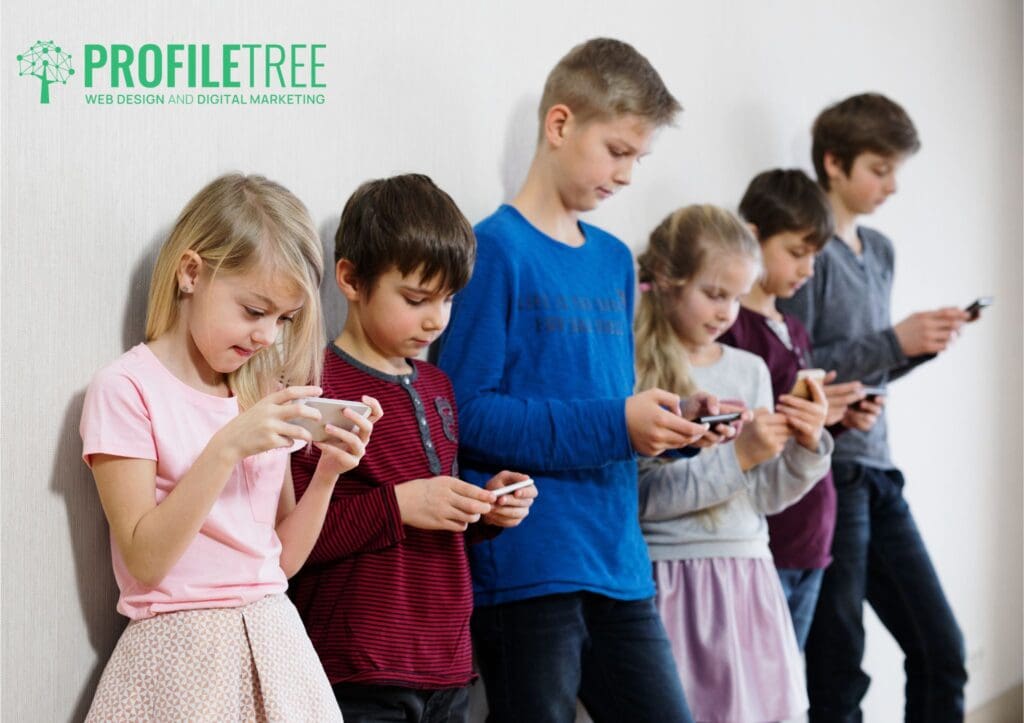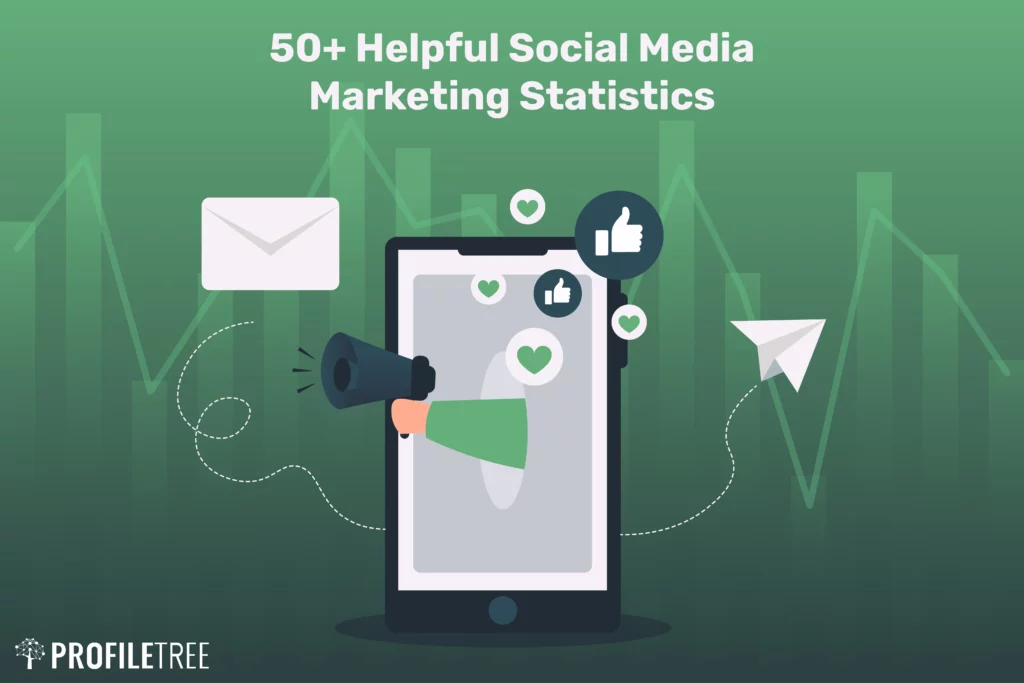Social media has become an integral part of our daily lives, and while it has many benefits, it also has its downsides. One of the most significant problems with social media is social media bullying. According to social media bullying statistics, social media bullying, aka cyberbullying, is more prevalent than most people think, especially among young people who spend a lot of time on social media platforms such as YouTube, Snapchat, TikTok, and Facebook.
Cyberbullying is a form of bullying that takes place online, and it can have serious consequences for the victim’s mental health. Cyberbullying has transcended the confines of schoolyards and lunch tables, morphing into a hydra-headed monster lurking in every notification, every message, every comment. Gone are the days of whispered taunts and shoved to lockers; today’s tormentors wield words like weapons, etching invisible scars on the psyches of their victims.
The social media bullying statistics paint a sobering picture, but they also hold the seeds of hope. By acknowledging the extent of the problem and working together to dismantle the structures that perpetuate it, we can create a brighter digital future for our children. Let’s break the chains of anonymity, silence the hate, and weave a safer, more compassionate web in the place of shadows. The future of the children and the very fabric of our online society depends on it.
In this essay, we will explore some of the latest social media bullying statistics for 2024 and discuss the causes, consequences, and solutions for this global issue.
Social Media Bullying Statistics
As of 2024, cyberbullying continues to be a significant issue globally, including on social media platforms. Here are some key statistics:

Prevalence Among Children and Teens
Cyberbullying occurs on every social media platform, but it is most prevalent on YouTube, Snapchat, TikTok, and Facebook. Children of all ages can become victims of cyberbullying, but the risk increases as they grow older. This is likely due to increased exposure to social media platforms and digital communication tools as children age. The anonymity provided by the internet can often embolden bullies, making it easier for them to target their victims without fear of immediate consequences.
According to research studying parents of kids between the ages of 10 and 18, 21 per cent of children have been cyberbullied1. This is a significant proportion and indicates that one in five children has experienced some form of online harassment. This statistic is alarming and underscores the urgency of addressing this issue.
The most common form of online bullying is name-calling, with 32% of teenagers reporting that they have been called offensive names online. This form of bullying can be particularly damaging as it directly attacks the individual’s self-esteem and self-worth.
The rise of digital technology and social media platforms has, unfortunately, provided a new avenue for such harmful behaviour. With the increasing use of smartphones, social media, and networking applications, online bullying can follow a child anywhere they go. This constant access to the victim extends the reach of the bully beyond the schoolyard into the victim’s home, making it harder for the victim to find respite.
How Screen Time Affects Social Media Bullying!

The increase in screen time, particularly during the COVID-19 pandemic, is a significant global trend that has likely contributed to the rise in cyberbullying incidents.
The COVID-19 pandemic has drastically changed our lives, with lockdowns and social distancing measures leading to increased reliance on digital devices for work, education, and social interaction1. This has resulted in a significant increase in screen time for people around the world.
According to a report by The Independent, people are spending 20 per cent more time on social media than they were pre-pandemic1. This increased screen time equates to an average of around 7 hours every day. For children aged 11 to 14 years old, this figure rises to as many as 9 hours per day1.
This increase in screen time has several implications. On one hand, it has enabled continuity in many areas of life, including work and education, during unprecedented times. On the other hand, it has exposed individuals, particularly children and teenagers, to increased risks of cyberbullying.
With more time spent online, there are more opportunities for cyberbullies to target their victims. The anonymity and distance that the online world provides can embolden bullies, making it easier for them to engage in harmful behaviour without immediate consequences.
Moreover, the increase in screen time also means that victims of cyberbullying are exposed to their aggressors for extended periods. Unlike traditional forms of bullying, which can often be escaped by physically removing oneself from the situation, cyberbullying can follow the victim wherever they go, as long as they are connected to the internet.
Reporting of Cyberbullying
According to a report by Comparitech, more than half of the reported cyberbullying incidents occurred from January to July 20201. This increase correlates with the increased time spent online during COVID-19 lockdowns.
The reporting of cyberbullying incidents is crucial for several reasons. Firstly, it helps to quantify the extent of the problem, providing valuable data that can inform the development of strategies and policies to combat cyberbullying1. Secondly, reporting can help to identify patterns and trends in cyberbullying behaviour, such as the times or platforms where it is most prevalent.
However, despite the importance of reporting, many incidents of cyberbullying go unreported. Victims may be reluctant to report incidents due to fear of retaliation, embarrassment, or a belief that adults won’t understand or be able to help. This underreporting of cyberbullying incidents makes it challenging for parents, educators, and policymakers to fully grasp the extent of the problem and develop effective strategies to combat it.
Furthermore, the increase in reported cyberbullying incidents during the COVID-19 lockdowns suggests that the problem may be exacerbated by increased screen time and the shift towards online learning and socialising. This highlights the need for effective online safety measures and education about cyberbullying for both children and adults.
Social Media Bullying Effects!
Social media bullying, or cyberbullying, can have profound and detrimental effects on individuals, especially on mental health and overall well-being. Cyberbullying can take many forms, including name-calling, spreading rumours, sharing embarrassing photos or videos, and threatening messages.
Victims of cyberbullying can experience a range of negative emotions, including anxiety, depression, and low self-esteem. Cyberbullying can also lead to academic problems, such as poor grades and absenteeism.
The effects of cyberbullying can be long-lasting and severe. Victims of cyberbullying are more likely to experience mental health problems, such as depression and anxiety, and they may also be at risk of self-harm and suicide. Cyberbullying can also have a negative impact on the victim’s social life, as they may feel isolated and excluded from their peers. In some cases, cyberbullying can even lead to physical violence.
Cyberbullying can lead to emotional distress, causing feelings of sadness, anxiety, depression, and hopelessness. Victims may experience a range of emotions, including fear, anger, and frustration. Constant harassment or humiliation online can significantly impact a person’s self-esteem and self-worth. It can lead to a negative self-image and feelings of inadequacy.
Victims of cyberbullying might isolate themselves socially, both online and offline. They may withdraw from social activities, leading to feelings of loneliness and further exacerbating their distress. Cyberbullying can negatively affect academic or work performance due to increased stress, distraction, or avoidance of activities. Concentration and productivity may decline.
Prolonged stress from cyberbullying can lead to physical health problems such as headaches, stomachaches, difficulty sleeping, and, in extreme cases, issues like ulcers or high blood pressure. In severe cases, cyberbullying can contribute to suicidal thoughts, self-harm, or suicide attempts. The relentless and pervasive nature of online harassment can deeply impact a person’s mental state.
It’s also important to note that individuals who engage in cyberbullying may experience negative consequences for their mental health, such as guilt, shame, or legal repercussions. The effects of cyberbullying might extend into the long term, influencing an individual’s trust in others, relationships, and overall outlook on life.
Taking a Stand: A Collective Responsibility
The statistics paint a grim picture, but they also serve as a wake-up call. We cannot ignore the pervasive issue of social media bullying; we must work together to create a safer and more inclusive online environment for everyone.
Here are some key steps we can take:
- Raising awareness: Open conversations about online safety and responsible behaviour are crucial, especially with children and teenagers. Educating them about the dangers of cyberbullying and empowering them to report it is essential.
- Promoting positive online behaviour: Kindness, empathy, and responsible digital citizenship should be actively encouraged. By fostering a culture of respect and understanding, we can create a more positive online community.
- Robust reporting mechanisms: Social media platforms need to have effective reporting systems in place. Victims should feel empowered to report bullying easily and confidently, knowing that their concerns will be addressed promptly and seriously.
- Effective intervention strategies: Schools, communities, and parents must have clear and effective strategies to intervene in cases of cyberbullying. This includes supporting victims, addressing perpetrators, and creating an environment where bullying is not tolerated.
Social media bullying is a complex issue with far-reaching consequences. By understanding the statistics, acknowledging their severity, and taking collective action, we can hope to create a brighter digital future where everyone feels safe, respected, and empowered to connect and thrive.


